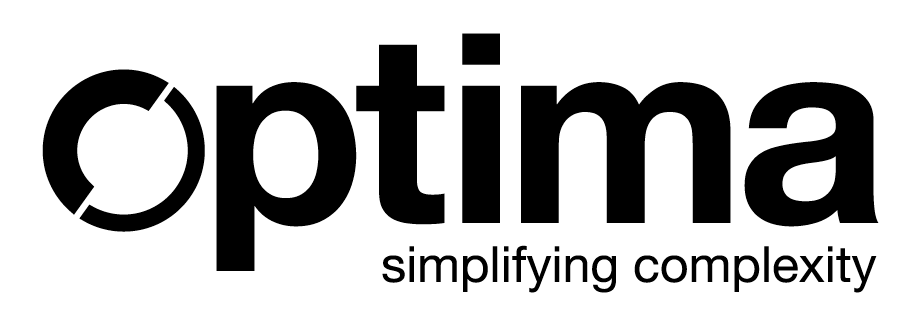Much has been written about the digital transformation, the new industrial revolution driven by the rapid progress of new technologies. Digitisation, digitalisation, paperless processes, automation, these are the so-called projects in every single company. Certainly, it offers opportunities to push the boundaries in many areas. However, it is not easy to lead a digital transformation that delivers on this promise, because not every project will lead to success.
The complexity is in the execution, because pushing the boundaries of what is possible, even if the technologies allow it, can only be achieved by changing the way we think today. This means that we have to be ready to revise our processes according to the new technological paradigms. This is the reason why most digital transformations remain unsuccessful despite the new technologies available and accessible today.
Being or not being “Customer-centric”? This is the question
We have become accustomed to always and everywhere being “customer-centric”, i.e., you should put yourself in the customer’s shoes, how they think and live their lives. Think about the solutions that will solve their everyday problems.
Customer orientation is definitely the right approach to secure a long-term business. Knowing the needs and expectations of customers helps run a proven business and to survive in an environment where everyone takes a certain place according to the known rules of the game in order to continue to grow and extract maximum profitability from a given business model.
Counterintuitive as it may seem, customer centricity might not be the right path for digital transformation.
To change the existing rituals, habits, established logics and frictions that have become part of the norm, to create new foundations, new interactions, new applications, and new processes that create a new generation of value propositions, you might have to think differently. More than thinking alike your customers, anticipate and drive them to their future needs.
As Henry Ford said: “If I had asked people what they wanted, they would have said: faster horses”.
Indeed, customers of your services can easily describe and express their needs, but only within the limits of what they see and know of the present. They can hardly do so if they go beyond that limit. So, the first thing you need to do to succeed in a digital transformation is not to be customer-centric but look forward from actual needs of your customers.
Today is the present and tomorrow should not be a mystery
Defining the needs of your customers also means characterising the present. The way you segment them is the way you look at them and the way you analyse the existing order as it is today. It is important to position your customers and then evolve within that order.
A digital transformation means that we have to break away from the way we perceive them, from the dynamics, from the segmentation and even from the logic of their own evolution.
The approach to digital transformation is one that removes segmentation of your customers as a prerequisite. While some look at expectations and requirements separately, such as easy access to raw data, insightful reports to facilitate decision-making, or compliance with market regulations, the implementation of digital transformation is based on looking at clusters of needs that transcend customers and ultimately connect them into a single, homogeneous demand.
How can all this be applied to digitalisation of laboratory processes?
A laboratory has several types of customers: internal and external, to say the least. If you are leading a digital transformation in a laboratory, you also need to consider the stakeholders and users as customers. They all have needs, requirements, and expectations.
The implemented technology must fulfil multiple functions within the organisation. It must also facilitate the processes and lives of the end users, and yes, it must also have a positive impact on the customer experience and strengthen their willingness to continue doing business with you.
When a lab is considering adopting a new technology to support its resource management, it might be coming from a concrete phase of the organisation’s digital transformation strategy. Perhaps the lab is already experiencing the revolution or is just wondering where to start.
Digitisation of resource management has immediate benefits, as it channels and coordinates all related information on task planning, staff competencies, routine instrument maintenance and project status overview. This makes the productivity and efficiency of the laboratory immediately visible.
Whoever uses this tool benefit from access to precise information they need for their decision-making and daily work.
The technology allows you to define the rights and access of your users so that they only benefit from the information they need to access. And this is where the customer-centric approach comes in. What do your customers need today, and what can we enable them to do today so that we anticipate their needs of tomorrow?
For a “simple” tool like a laboratory resource management system, it is just a matter of configuration.
Optima does not need to be customised and does not require any coding interventions; it can be configured and adapted to the needs of your users.
There are settings and configuration parameters that can be set by default during the implementation phase. Other settings for reporting activities and data visualisation can be set by the end users themselves according to their role and current needs.
A laboratory scheduling system is key to meeting the real needs of your users. It enables the laboratory to keep activities and procedures under control, ensuring efficiency and performance.
But it does not stop there.
As we have pointed out in the previous sections of this article, the way to successfully implement a digital transformation is to think ahead and not just about the needs of today’s customers.
With this in mind, we can strongly argue that a laboratory planning system is the right tool that can help laboratory managers, and more generally the management of a company, to develop a long-term vision: When the productivity and efficiency of the laboratory are immediately visible, it definitely becomes easier, if not obvious, which path to take for future and lasting success.


